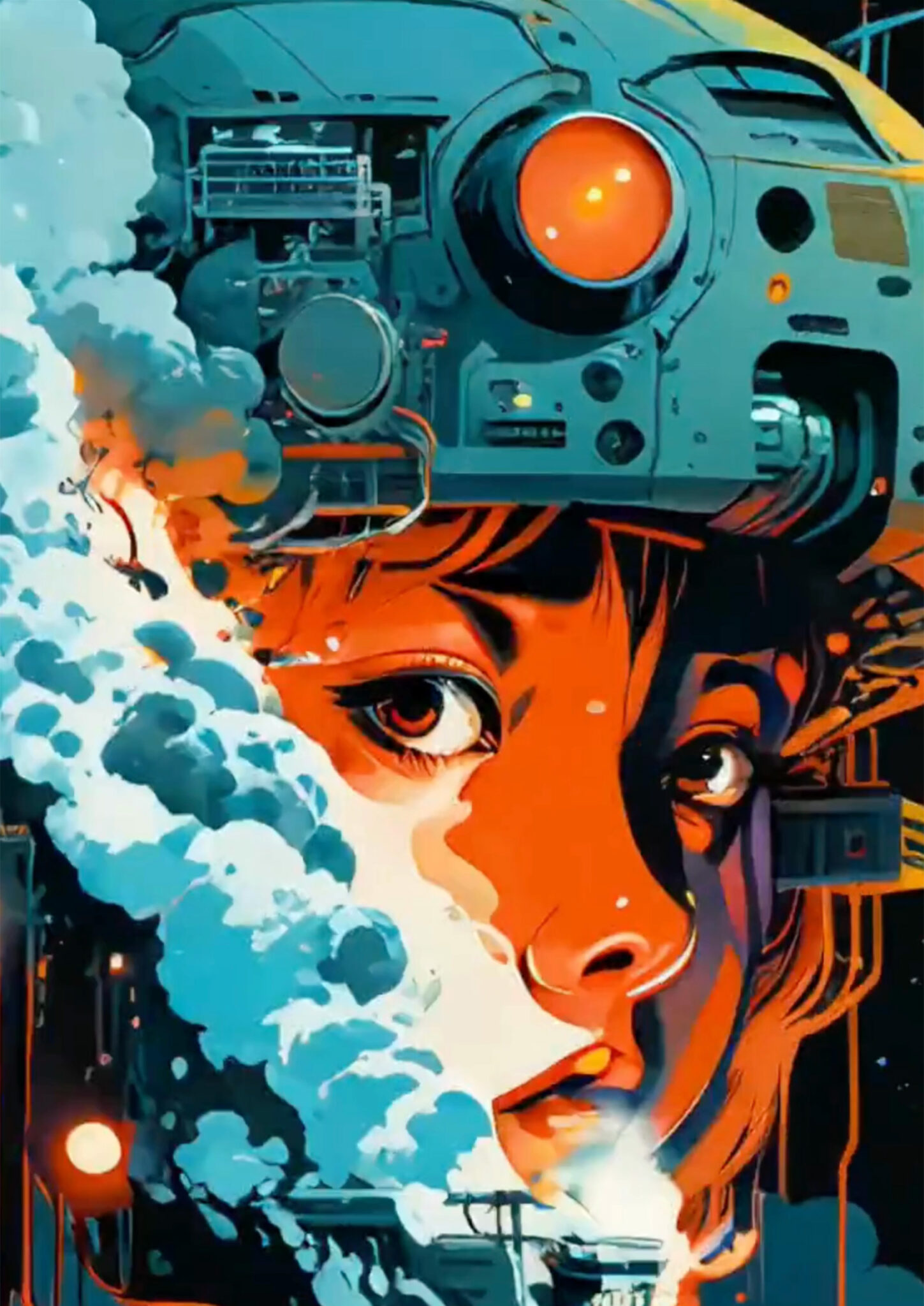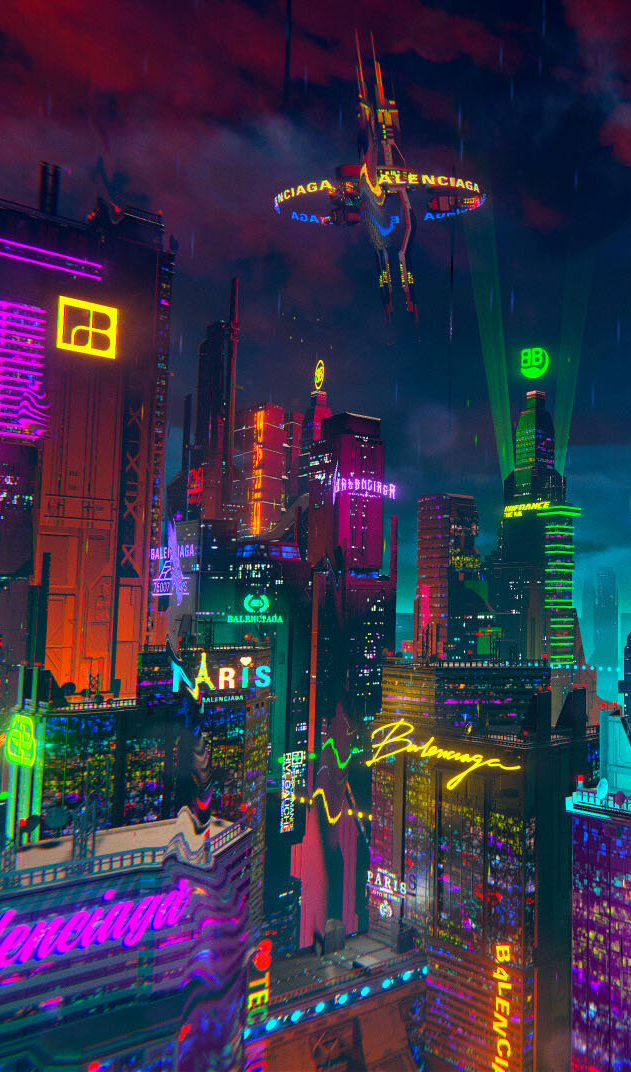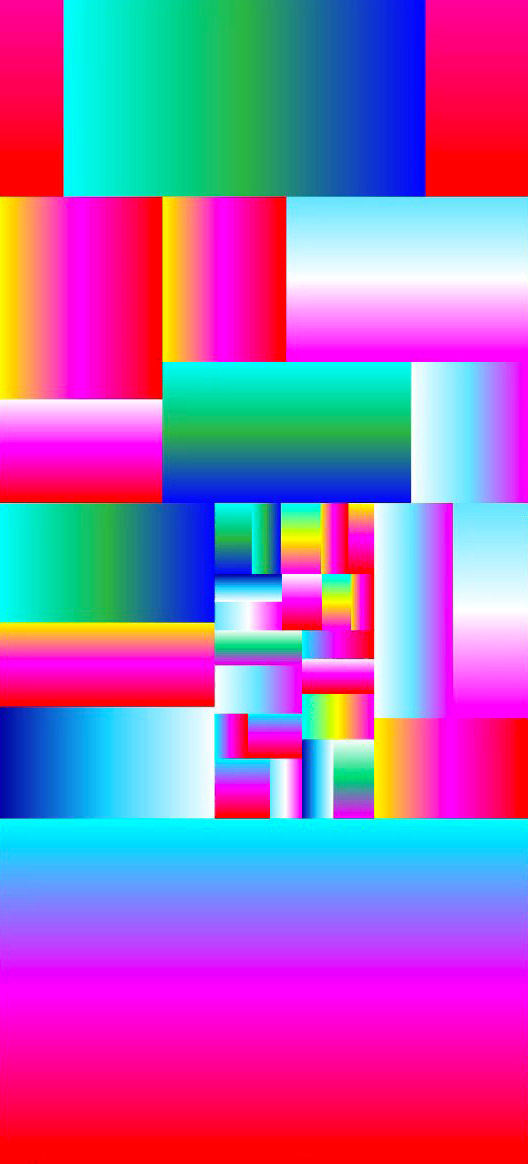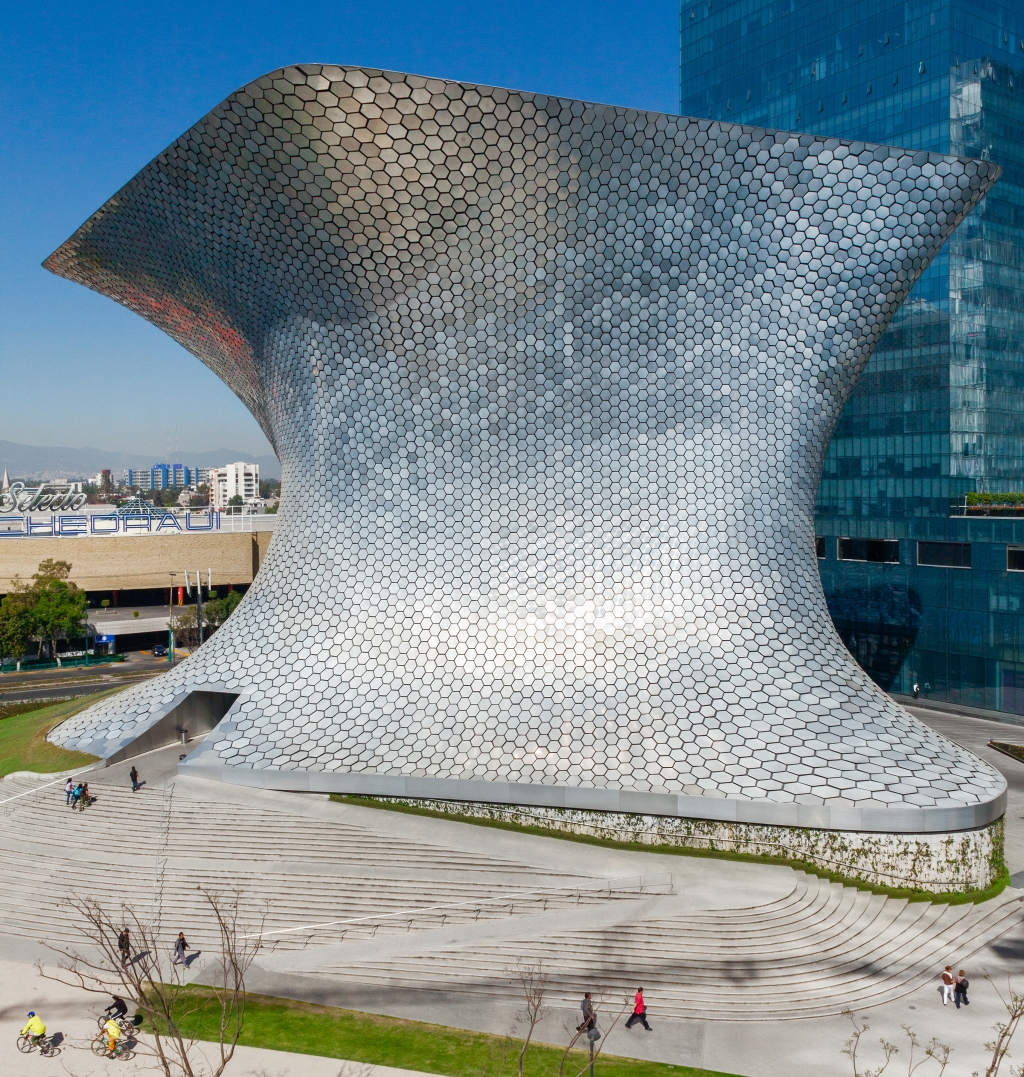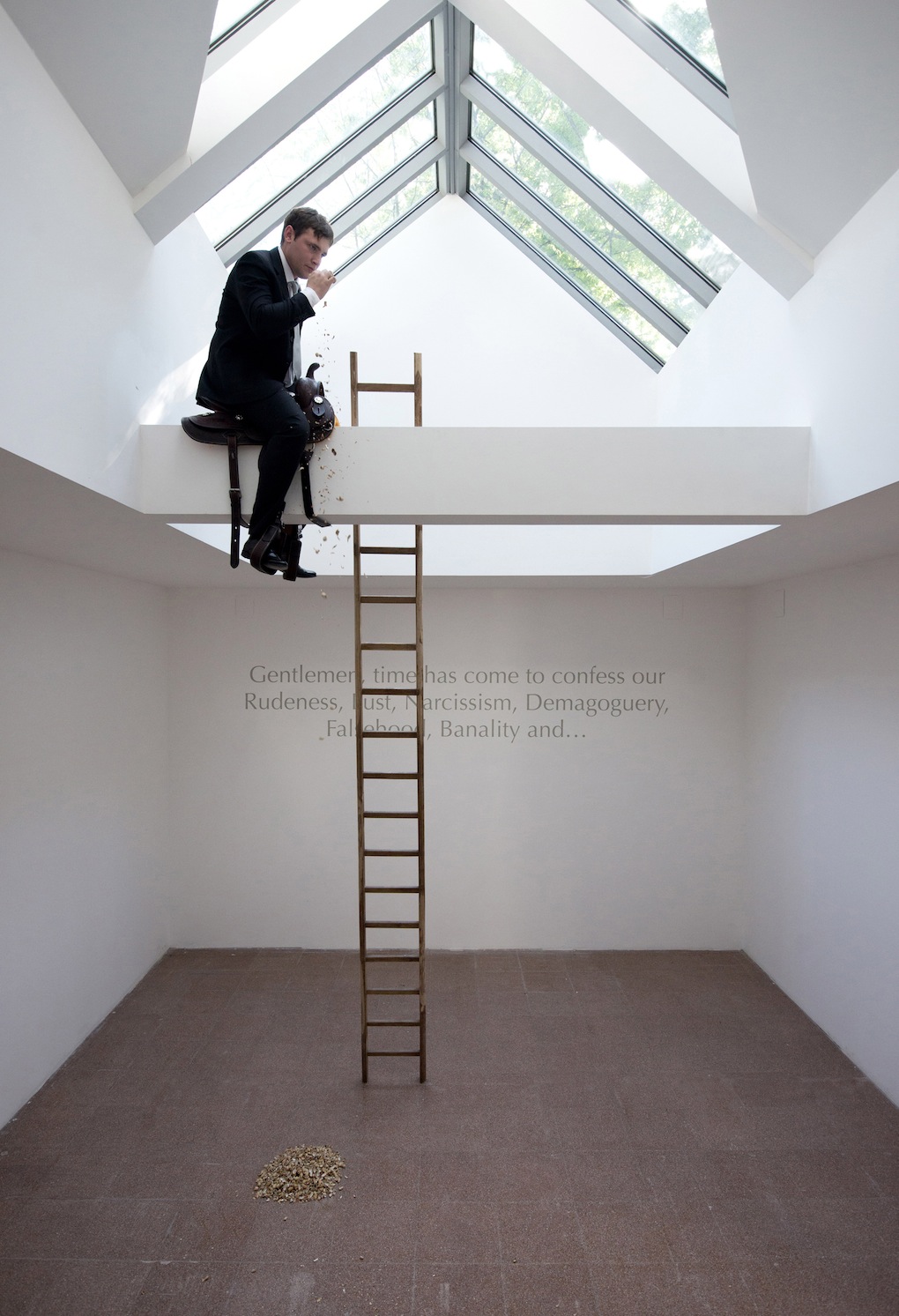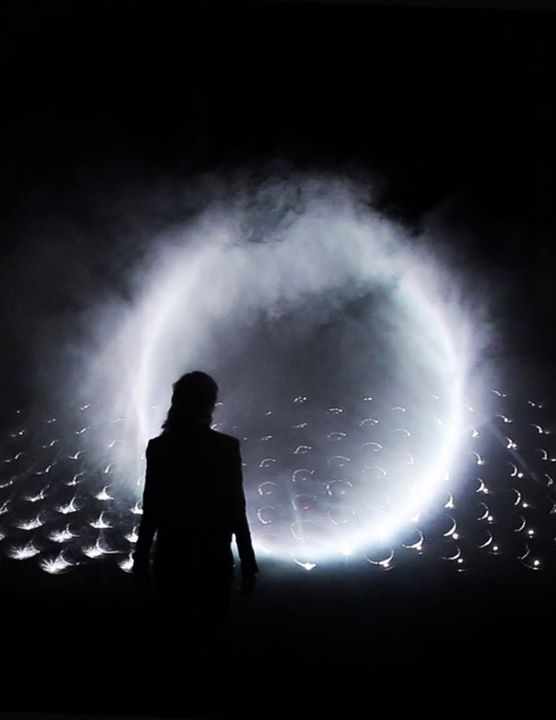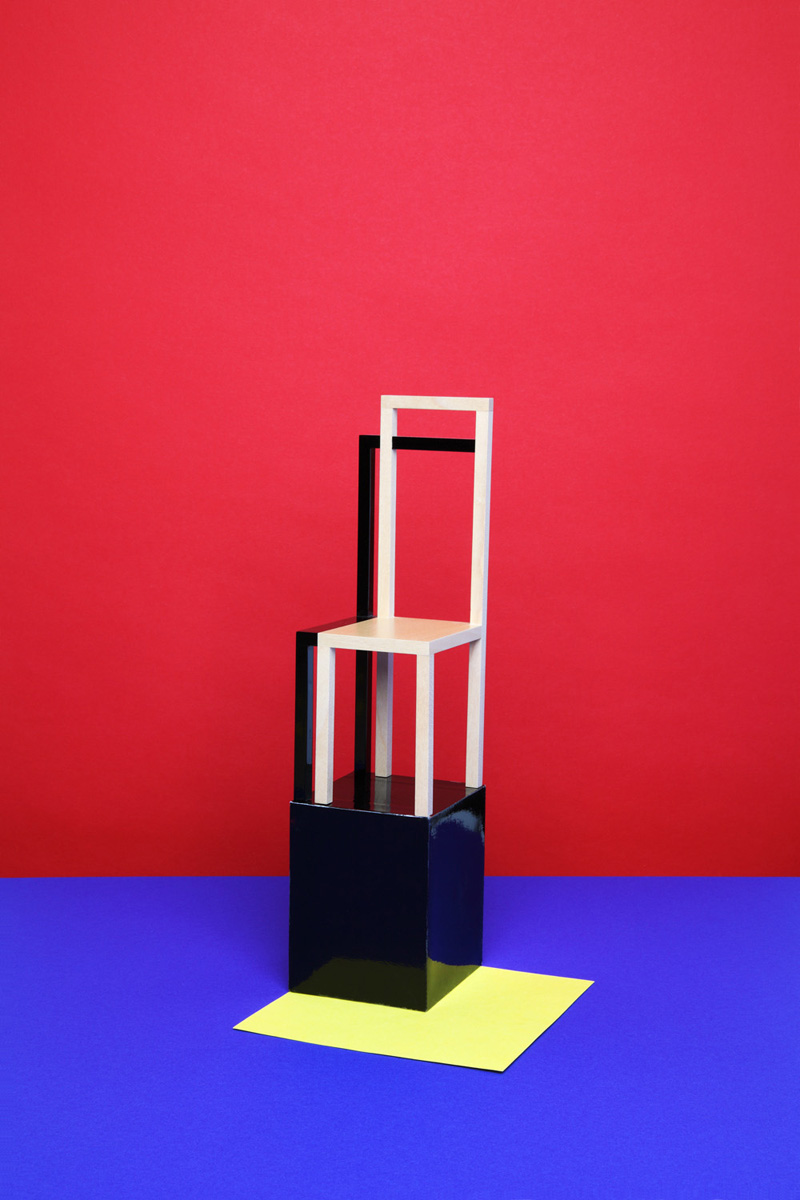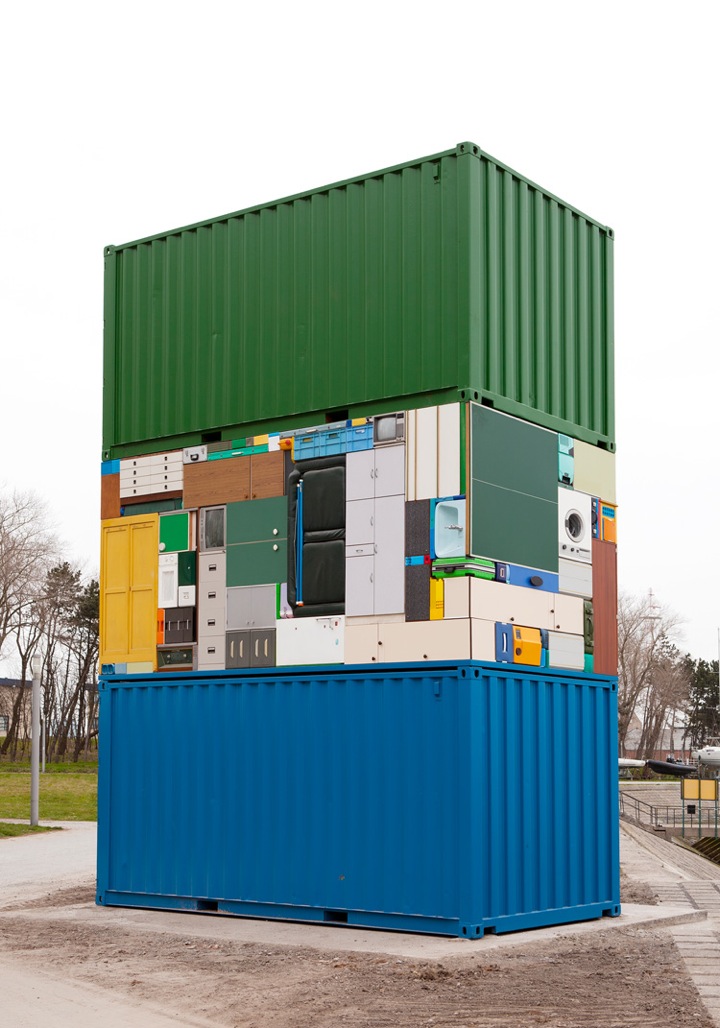基督教波尔坦斯基
בולטנסקי
クリスチャン·ボルタンスキー
Кристиан Болтански
Homage
R.I.P 1944-2021
Preoccupied with collective memory, mortality, and the passage of time, Christian Boltanski creates paintings, sculptures, films, and mixed-media installations that approach these themes in a range of styles, symbolic to direct. Boltanski often makes metaphorical use of found objects, as in No Man’s Land (2010), an enormous pile of discarded jackets set to the soundtrack of thousands of human heartbeats, suggesting the anonymity, randomness, and inevitability of death. In Monuments (1985), electrical bulbs cast a seemingly bittersweet light on pictures of child holocaust victims. Describing his interest in personal histories, Boltanski has said, “What drives me as an artist is that I think everyone is unique, yet everyone disappears so quickly. […] We hate to see the dead, yet we love them, we appreciate them.”

